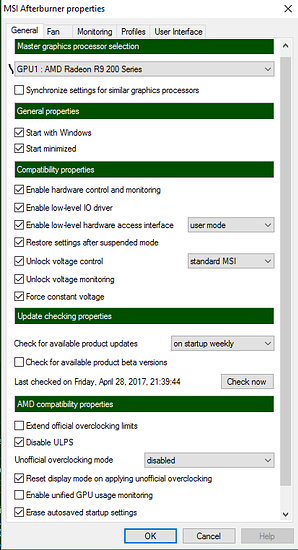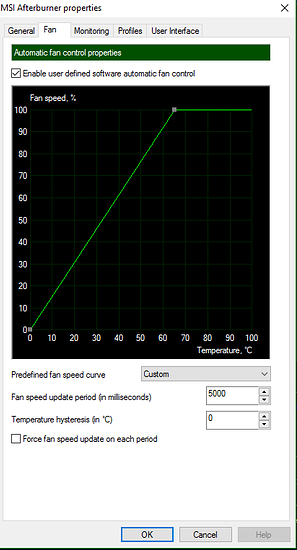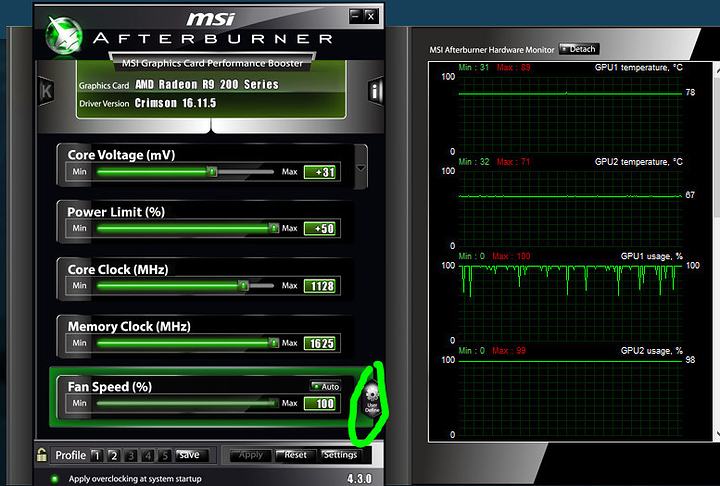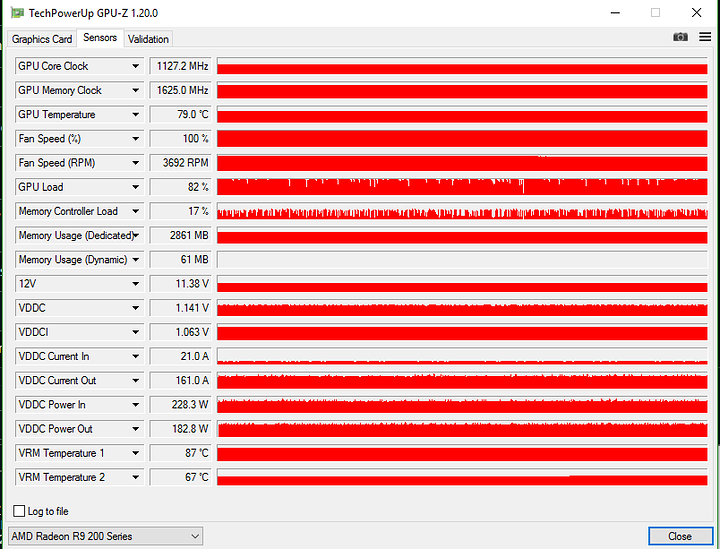so you want to overclock your GPU but you have no idea how and you might be intimedated by the inital look of the User interface of MSI afterburn, shit looks complicated right?
well its not actually that complicated they just have some gamer aesthetic bullshit there
so in this thread I'll go over most tips and tricks to (getting started) overclocking your GPU
first you need to download a couple of programs
http://www.7-zip.org/download.html
alright you downloaded afterburner
extract the zip folder to be greeted by... a rar file? yeah I don't get the double compression either
extract that with 7zip and get to installing it. now through out the install you might be asked to also install Kombuster or Rivatuner server but I don't use either of those so opt out of it
when installing afterburner will do silent installs for both VCredist and Direct X so yay for that
after the install you are greeted with this hot garbage
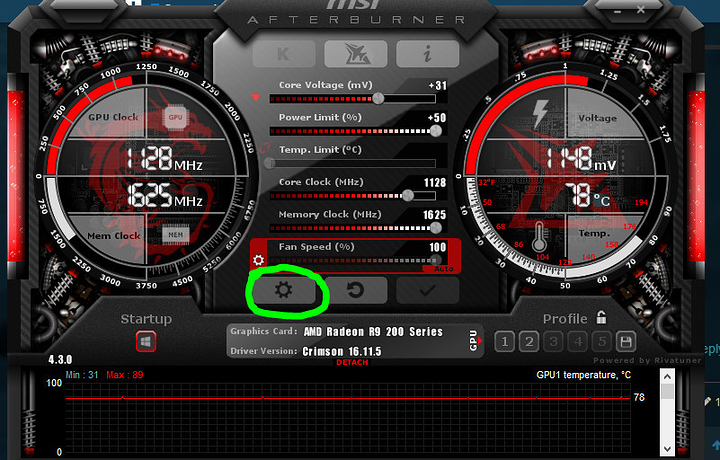
click on the gearbox for settings and first things first lets change the UI
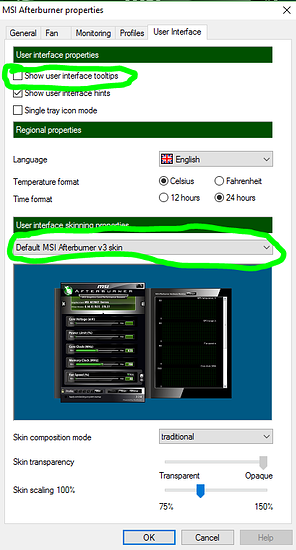
uncheck the tool tips box, those things are annoying, and down on the skins choose V3 for a no nonsense experience
now lets go over some of the general settings
- first you have a box that has your GPU name, now if you have more than one GPU you can choose which one you are currently overclocking
below that you can choose to sych clocks on similar cards, useful for SLI/CrossfireX
below that are the start up options, you can have afterburner start with windows, and if you don't want clutter on the screen it can be started minimized, when minimized it goes to a icon on the task tray thing to the right
below that are compatibility stuff for most cases I'd recommend ALL boxes to be checked and leave the selection boxes alone for now until you're more advanced
now underneath that are AMD options if you have AMD cards, I'd suggest you check the box that disables ULPS
alright now you got your general settings down now lets setup a custom fan profile, don't worry its a piece of cake, mmmmm cake
go to settings>Fan
now check the top box, now you can click any point on the grid to make a addtional fan curve point or you can click on existing points and drag and drop them, or you can click on a point and hit the del key to delete them
my profile is by no means a disirable one, I mine coins so I need a aggressive fan curve
I would recommend you have the fan curve top out at 100% at 80C on most cards
and hit okay when your done, to enable custom fan profiles to be applied click this button
the green highligh means its applied
alright thats enough setup for now lets move to our other tools, GPU-Z, like CPU-Z it tells you a LOT of information about your GPU, but it also tells you varous stats like temps and stuff lets look at the first page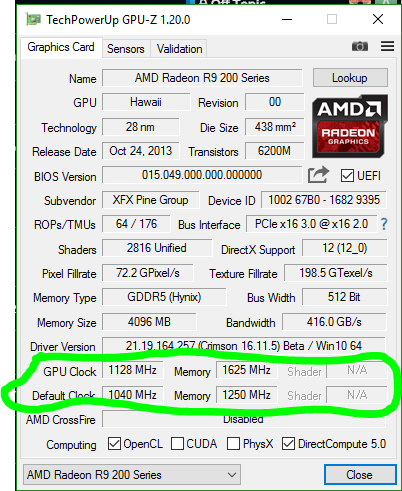
what you'll be mainly focused on this page is your current clocks and defualt clocks, keep those in mind
on to the second page
this tells you a lot of stats about the GPU the main thing you want to keep an eye on is the GPU temperature, this is the temp of the chip and what most people neglect to mention or monitor is your VRM temps labled as VRM temperature 1 for core and 2 for ram, some cards don't have sensors on VRMs but that's still mostly Okay for noob level overclocking
VRMs are the voltage regulation units that turn 12v into whatever voltage your GPU uses, typically they get really hot, try to keep this thing under 85C, the cooler the better
now open up a benchmark and pick some pretty demanding settins you know you aren't going to be able to hit 60FPS on but try to stay above 20FPS
on MSI afterburner if you have a power% slider, usually in the middle of the voltage and core clock slider, go ahead and slide that ALL the way over to the right
lets leave voltage alone for now and see what you can get out of stock volts
slide the core clock slider until its +50mhz from defualt and run the benchmark
if it is successful give it another +10mhz, and rerun benchmark until it crashes, once it crashes give it +10mv on the voltage if you have a voltage slider and rerun the test, if it succeeds give it another +10mhz
if it doessn't then another +10mv
keep an eye on both gpu temps and VRM temps at all times, please make sure GPU and VRM doesn't go over the safe limit, most cards vary but its pretty hard to fuck up any GPU at 70C or below for core
if you don't have a voltage slider back off the hammer by 10mhz
now you've found your max core lets find your max memory OC, same premise as the core, though I would NOT recommend raising the voltage on the memory, until you are more advanced and experienced
apply both max core and memory overclocks and have your benchmark loop for 10 times each
if it doesn't crash or see artifacts then you're good to go
